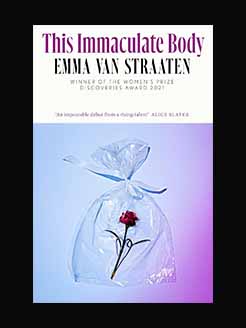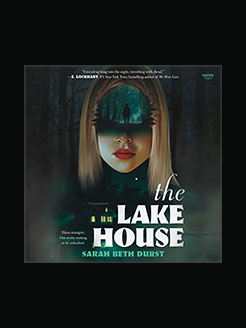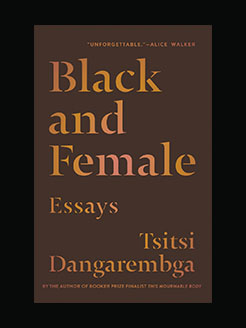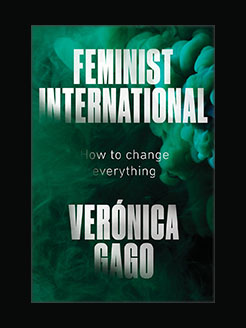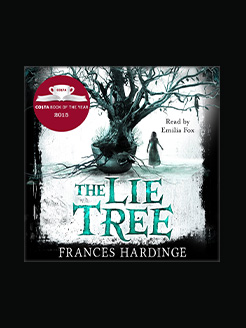Published in 2023
8 hours and 42 minutes
Nora Stone is a film historian and filmmaker teaching at the Birmingham-Southern College. She earned a PhD from the University of Wisconsin-Madison, and has published work in Media Industries Journal, Historical Journal of Film, Radio, and Television, and Los Angeles Review of Books. Her short films have screened at the Maryland Film Festival, Wisconsin Film Festival, Architecture and Design Film Festival, among others. She produced and art-directed the independent feature film A Dim Valley (distributed by Altered Innocence).
What is this book about?
Since the 1960s, documentary films have moved closer to the mainstream, thanks to the popularity of rockumentaries, association with the independent film movement, support from public and cable television, and the rise of streaming video services. Documentary films have become reliable earners at the US box office and ubiquitous on streaming platforms, while historically they existed on the margins of mainstream media.
The growing commercialization of documentary film has not gone unnoticed, but it has not been sufficiently explained. Streaming and the growing interest in reality TV are usually offered as explanations whenever a documentary enters the cultural conversation or breaks a box-office record, but neither of those causes grapple with the overlapping causal mechanisms that commercialized documentary film. How Documentaries Went Mainstream provides a more comprehensive and meaningful periodization of the commercialization of documentary film. Although the commercial ascension of documentary films might seem meteoric, it is the culmination of decades-long efforts that have developed and fortified the audience for documentary features. Author Nora Stone refines rough explanations of these efforts through a robust history of the market for documentary films, using knowledge of film economics and the norms of industry discourse to tell a richer story.
